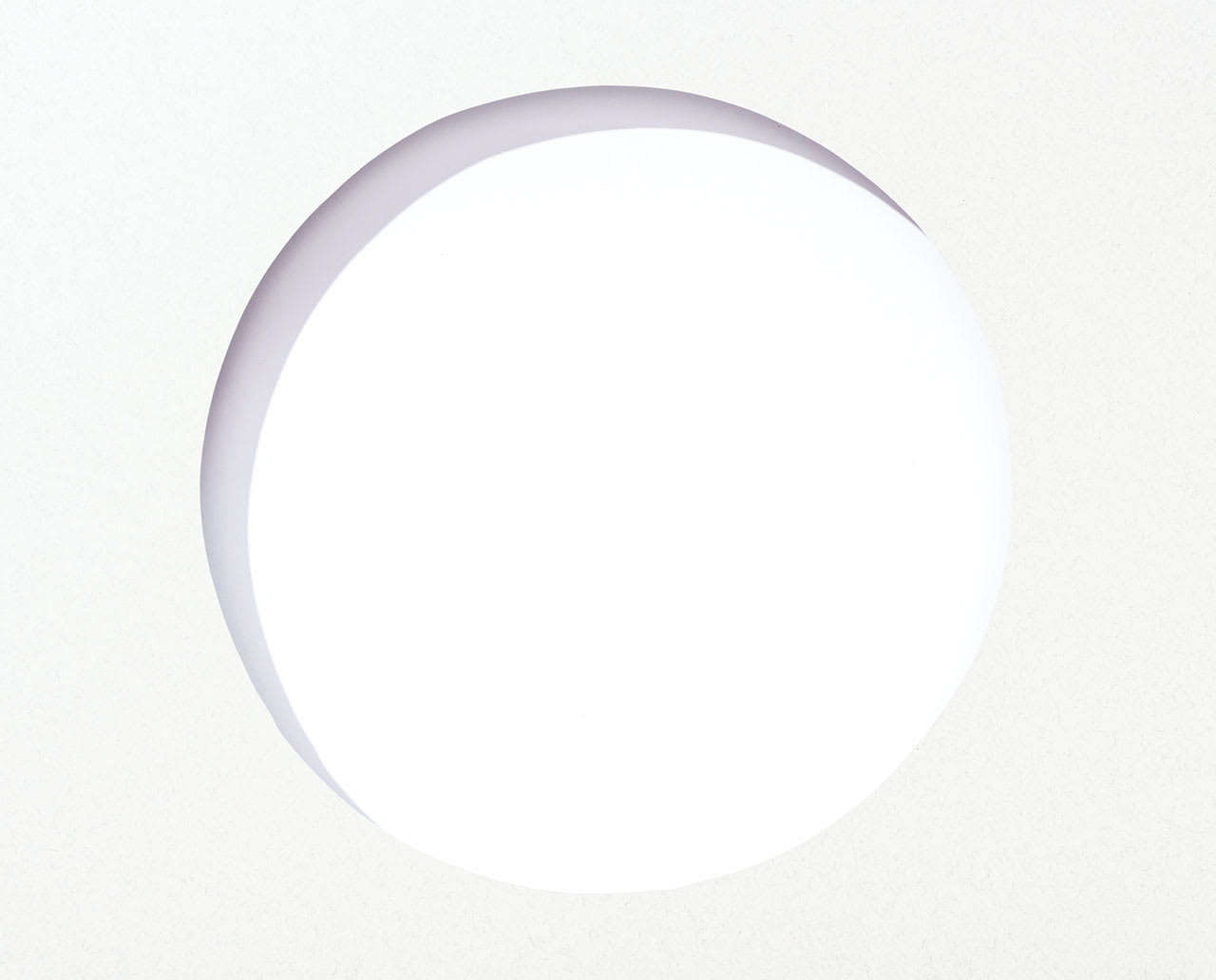
A 55-YEAR-OLD FEMALE returned to our clinic complaining of foggy vision that started a few days ago. The patient’s ocular history includes previous retinal detachment with a buckle repair in both eyes, uveitis in both eyes, multiple partial corneal transplants, and a penetrating keratoplasty (PKP), both OD.

The patient is on long-term use of prednisolone q.d. OD. This patient has been using a large-diameter scleral contact lens for six months. A corneal rigid GP lens was previously attempted and discontinued due to patient discomfort.
Per clinic notes, before using any contact lenses the patient had areas of haziness with some microcystic edema within the graft. Before the scleral lens was fitted, the patient was aware that she was at risk of her graft failing more quickly. The risks and benefits of a scleral lens were reviewed, and the patient felt that an improvement in vision from counting fingers to 20/60 OD was worth the risks.
When seeing a corneal graft patient, the practitioner should pause to determine which type of contact lens is best for the patient. There are many appropriate options for most patients, ranging from soft contact lenses to sclerals. However, in this patient, who had an old graft that already showed early signs of failure, a scleral lens was not the first choice. This is why a corneal rigid GP was attempted first.
This patient presented with an increase in corneal edema from wearing her scleral lens. At this time, the following options were discussed: 1) increase her current prednisolone to b.i.d., 2) decrease the center clearance, or 3) fenestrate the lens to allow more oxygen to reach the cornea.
A significant part of this patient’s history is that she was monocular. Her other eye suffered a similar fate and is counting fingers, explaining why a contact lens to get some vision was crucial. Therefore, the team managing her decided to increase the prednisolone to b.i.d. and decrease her central clearance immediately. We also confirmed that she was in a high-oxygen material. Unfortunately, these changes provided only temporary relief. Eventually we added fenestrations and, ultimately, a repeat corneal transplant.
Fitting this type of patient can be extremely challenging, anxiety provoking, and intimidating. Before starting a complicated fit in which the graft may be in danger of rejection, begin with gathering data (endothelial cell count and slit lamp photo with and without fluorescein) and graft history. End the visit by making sure the patient understands that a new PKP is a possibility in the future, whether they wear a contact lens or not, and that their graft may not tolerate a contact lens medical device in perpetuity.



